1. Zorse (Zebra + Horse)
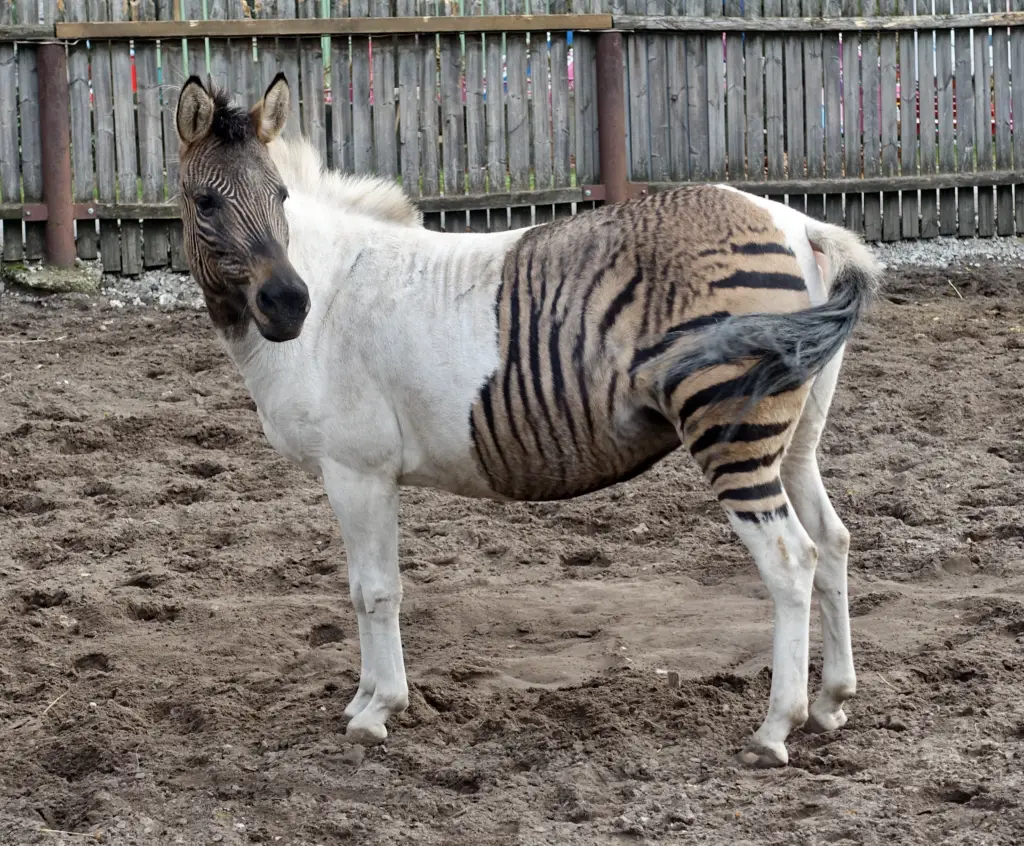
The stunning zorse combines the strength of a horse with the exotic stripes of a zebra. These hybrids are rare and often bred by humans, according to Newsweek. Zorses inherit the zebra’s striped coat and the horse’s size and temperament. However, they can be more temperamental than domestic horses due to their wild ancestry. Zorses are generally not suited for riding or farm work, as their hybrid nature makes them less predictable. They require experienced handlers and plenty of space to roam.
Zorses are typically found in private wildlife sanctuaries or zoos, where they serve as educational ambassadors. Observing a zorse up close can provide insight into the fascinating genetics of hybrid animals. Breeding zorses is controversial, as it raises questions about the ethics of hybridization for human interest. If you’re interested in learning about zorses, visiting a reputable sanctuary is the best option. These hybrids are a reminder of the beauty and complexity of nature’s diversity.
2. Savannah Cat (Domestic Cat + Serval)
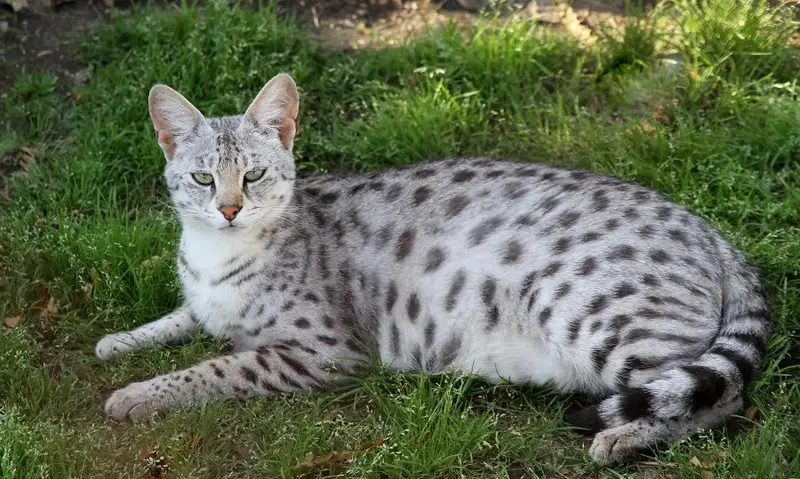
A favorite among cat enthusiasts, Savannah cats are a mix of domestic cats and servals, a type of African wildcat. These hybrids are known for their striking spotted coats, large ears, and slender bodies that give them an exotic, wild look. Savannah cats are highly intelligent and can be trained to walk on a leash or even play fetch, much like a dog. They are also known for their energetic and playful nature, requiring plenty of stimulation and exercise.
Despite their wild ancestry, Savannah cats can form strong bonds with their owners and are often described as affectionate and loyal. However, as the BBC Wildlife Magazine discussed, they are not suitable for every household due to their high energy levels and specific care needs. Owning a Savannah cat may also be restricted in some regions due to their hybrid status. If you’re interested in owning one, it’s important to check local regulations and find a reputable breeder. Adoption is another great option, as some Savannah cats may end up in rescues or shelters. With the right environment and care, they make extraordinary pets for the right owner.
3. Wolfdog (Wolf + Domestic Dog)
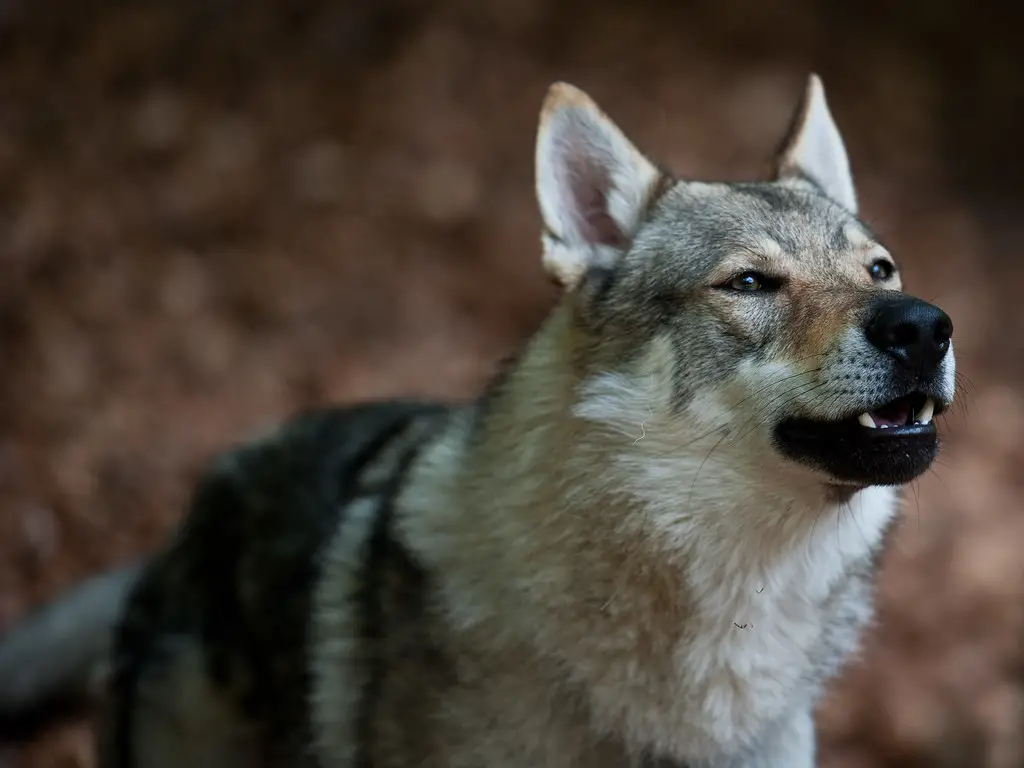
Wolfdogs combine the wild instincts of wolves with the loyalty of dogs. These hybrids can vary greatly in appearance and temperament, depending on the percentage of wolf genes in their lineage. They often have strikingly beautiful features, such as piercing eyes, thick fur, and a lean, athletic build. However, wolfdogs require experienced owners who understand their unique needs and behaviors, as the International Wolf Center discussed. They can be more independent and challenging to train than typical domestic dogs. Additionally, their natural instincts may make them unsuitable for homes with small children or other pets.
Proper socialization and a secure outdoor space are crucial for their well-being. Wolfdogs are typically found through specialized breeders or rescue organizations dedicated to this unique hybrid. It’s important to ensure that any wolfdog you consider adopting has been raised ethically and legally. In many areas, owning a wolfdog is regulated or even prohibited, so always check local laws. For those who can provide the right care, wolfdogs are stunning and loyal companions.
4. Zonkey (Zebra + Donkey)
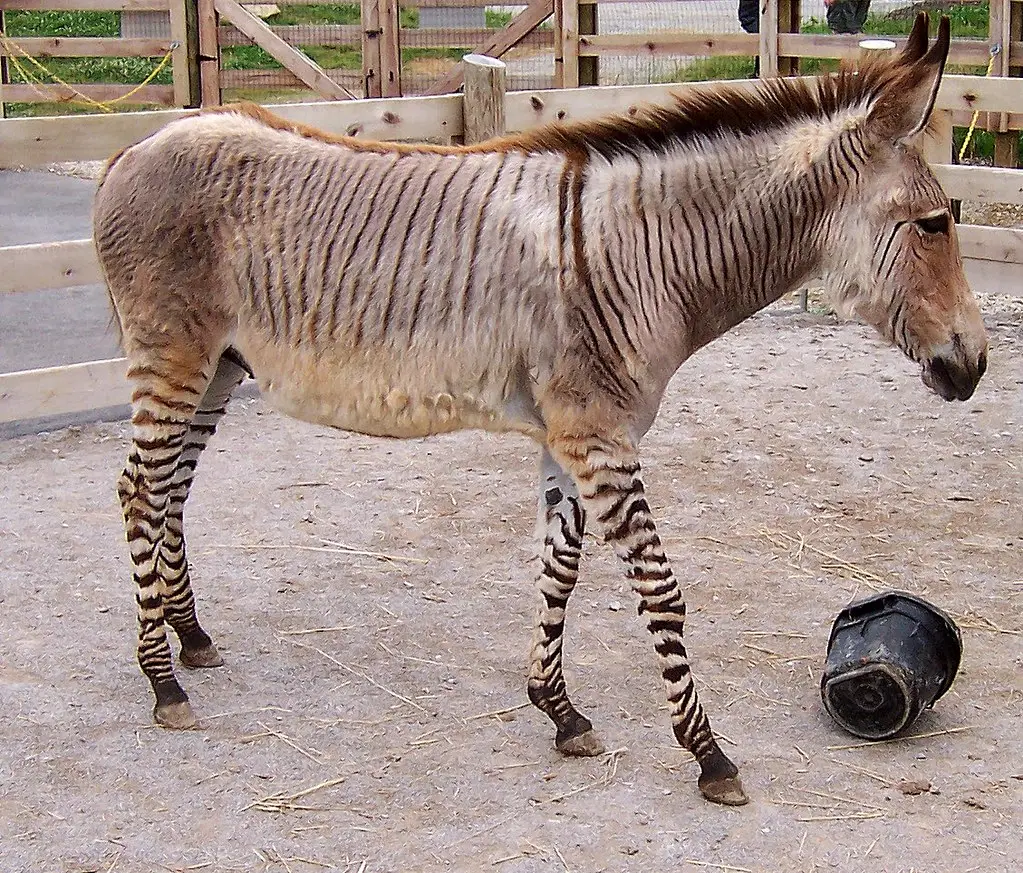
The striped zonkey is a rare hybrid, blending the playful nature of a donkey with the exotic flair of zebra stripes. Zonkeys are often bred in captivity and are not commonly found in the wild due to the behavioral differences between zebras and donkeys. They have a unique appearance, with zebra-like stripes concentrated on their legs and parts of their bodies. Zonkeys are known for their intelligence and curiosity, but they can also inherit the stubbornness of their donkey parent.
According to Slate, because of their hybrid nature, they are sterile and cannot reproduce. Zonkeys require specialized care and plenty of space to roam, making them unsuitable for most pet owners. They are typically raised in exotic animal sanctuaries or private reserves. Facilities like Three Ring Ranch in Hawaii offer opportunities to see and learn about these fascinating creatures. Zonkeys are often used as educational ambassadors to raise awareness about wildlife conservation. Visiting a sanctuary is a great way to support ethical care for these hybrids while gaining insight into their unique traits.
5. Cockapoo (Cocker Spaniel + Poodle)
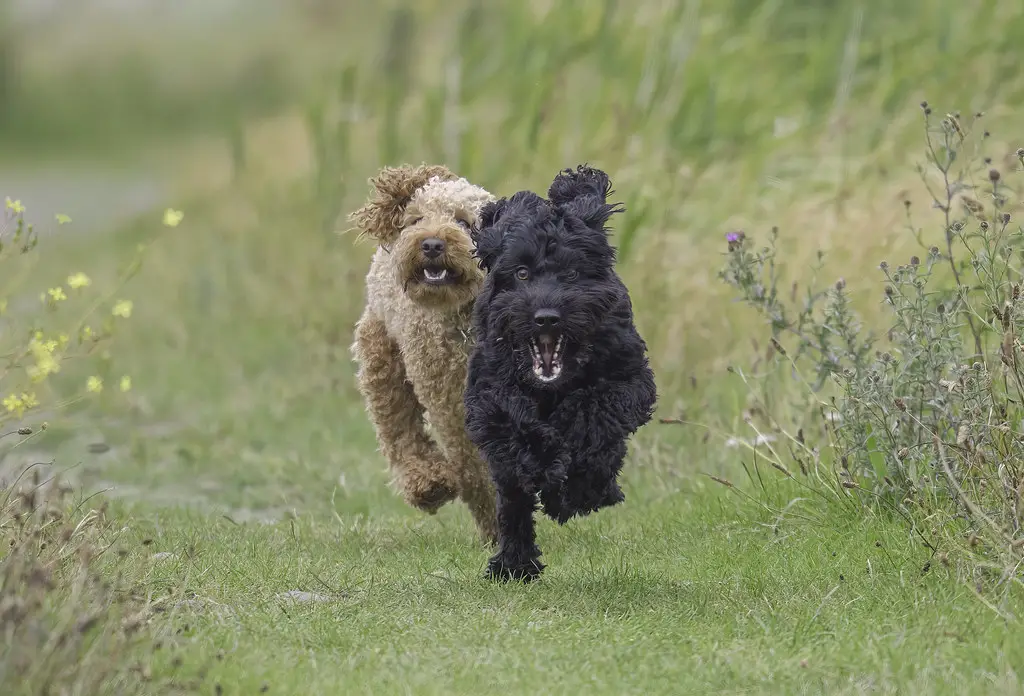
Among the most beloved designer dogs, Cockapoos are hypoallergenic and full of charm. These small to medium-sized dogs are known for their friendly and outgoing personalities. As discussed by Purina, Cockapoos are often described as intelligent, easy to train, and eager to please, making them excellent companions for families and individuals alike. They inherit the Poodle’s low-shedding coat, which is great for people with allergies, but regular grooming is necessary to keep their fur in good condition. These dogs thrive on human interaction and can experience separation anxiety if left alone for long periods.
Cockapoos come in a variety of colors and coat types, adding to their appeal. They’re also quite active and enjoy activities like walks, playtime, and even agility training. Many reputable breeders specialize in Cockapoos, and they can also be found through rescue organizations. If you’re considering a Cockapoo, make sure you’re ready for the commitment of caring for an energetic and affectionate pet. With proper care and attention, they make wonderful, lifelong companions.
6. Grolar Bear (Grizzly + Polar Bear)
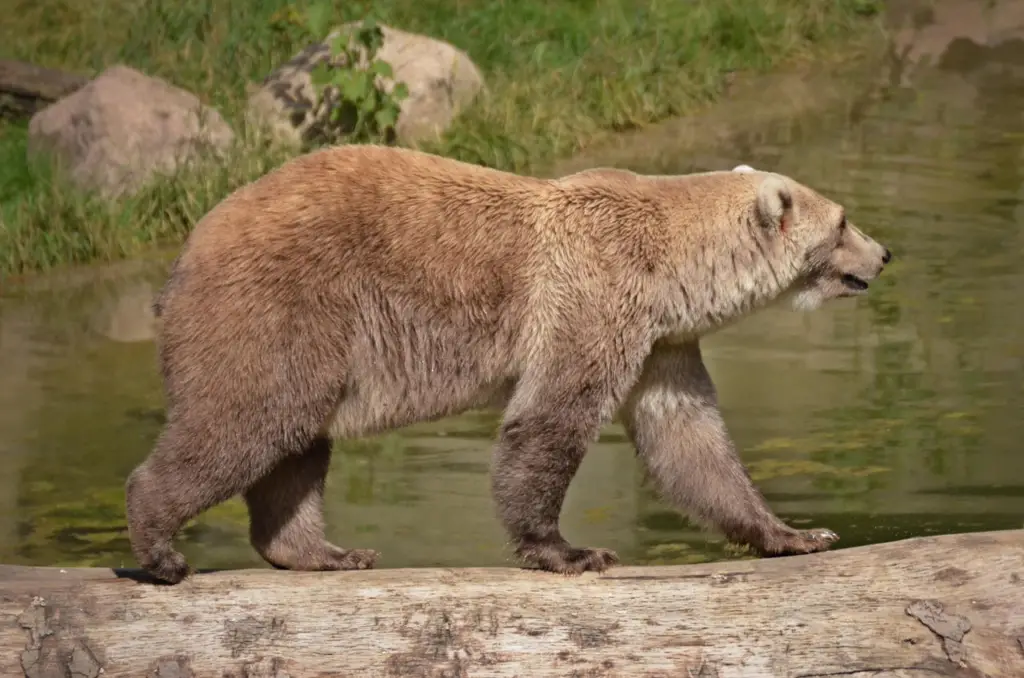
This rare hybrid occurs both in captivity and the wild, primarily in colder climates. Grolar bears inherit traits from both parent species, combining the polar bear’s creamy white fur with the grizzly’s muscular build and hump. In the wild, they are typically found in areas where the habitats of polar bears and grizzlies overlap due to climate change. Grolar bears are not suitable as pets and are primarily studied for their unique adaptations and behaviors. They are powerful and intelligent creatures that require vast territories to thrive.
In captivity, grolar bears are occasionally seen in zoos or wildlife research facilities. Observing them can provide valuable insights into the impact of environmental changes on wildlife. Ethical concerns surround the breeding of grolar bears in captivity, as it’s often debated whether such hybrids should be deliberately created. If you want to learn more about grolar bears, documentaries and wildlife parks are excellent resources. Their existence highlights the complex interplay between nature and human influence.
7. Coydog (Coyote + Domestic Dog)
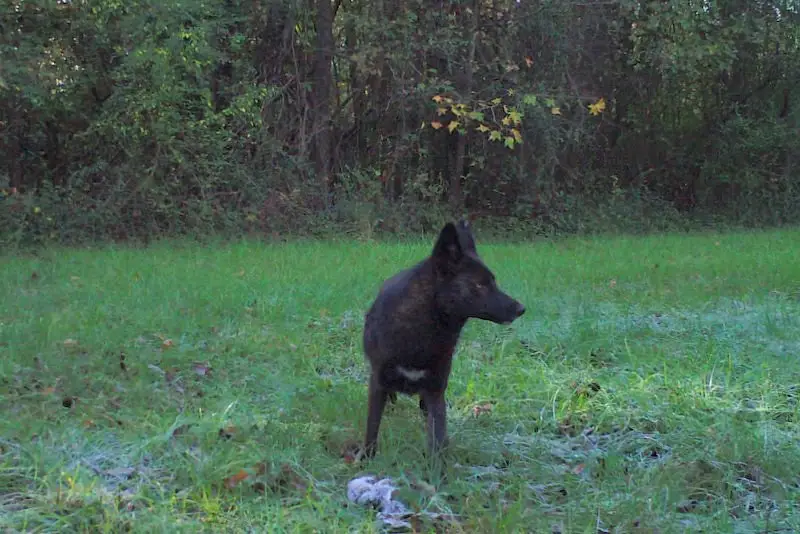
Coydogs combine the wily nature of coyotes with the loyalty of dogs. These hybrids are rare and often result from accidental breeding in areas where coyotes and domestic dogs share territory. Coydogs can exhibit a wide range of behaviors, from shy and cautious to bold and curious. They often have a wild, untamed look, with sharp features and bushy tails. Caring for a coydog requires significant experience and understanding of their unique needs. They may have a strong prey drive and can be challenging to train compared to regular dogs.
Coydogs are generally not recommended as pets for inexperienced owners. Most coydogs are found in wildlife rescue centers or sanctuaries rather than through breeders. It’s crucial to ensure they have an environment that allows for their natural behaviors while keeping them and others safe. Observing coydogs in a sanctuary can provide fascinating insights into the blend of domestic and wild traits.
8. Dzo (Cow + Yak)
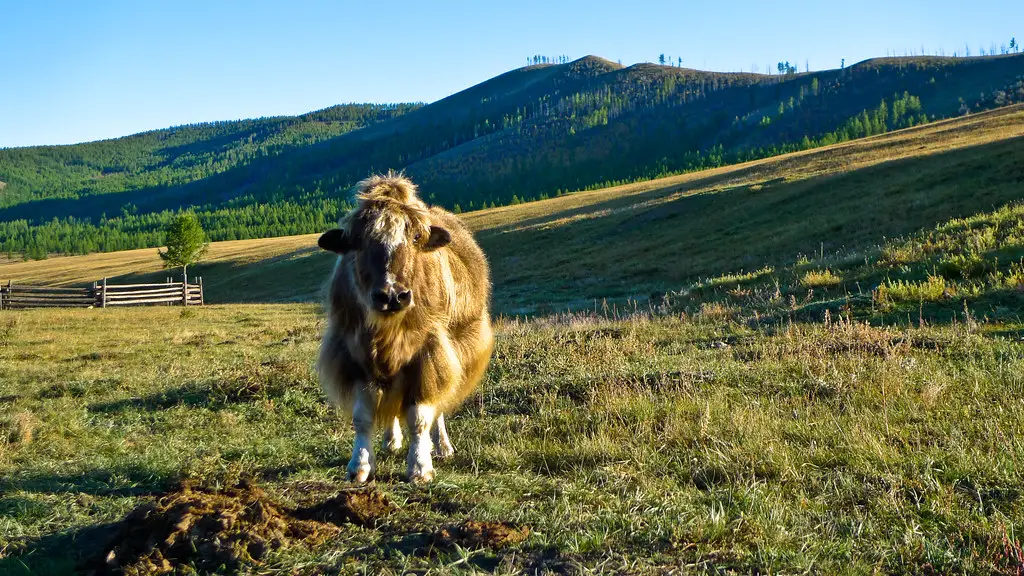
The sturdy dzo is bred for its strength and ability to thrive in high altitudes. These hybrids are common in the Himalayan regions, where they are used as pack animals and for their milk and meat. Dzos inherit the best traits of both parent species, including the yak’s hardiness and the cow’s docile nature. They are larger and stronger than either parent, making them highly valued in farming and transportation. While dzos are not typically considered pets, they play a vital role in the livelihoods of the communities that breed them.
Tourists visiting Himalayan villages may encounter dzos during treks or cultural experiences. These animals are a testament to the ingenuity of traditional farming practices in challenging environments. Conservationists often study dzos to understand the benefits and challenges of hybrid animals in agricultural settings. If you’re traveling in the Himalayas, consider learning more about these hybrids and their cultural significance. Supporting local communities that care for dzos helps preserve these fascinating hybrids.
9. Mule (Horse + Donkey)
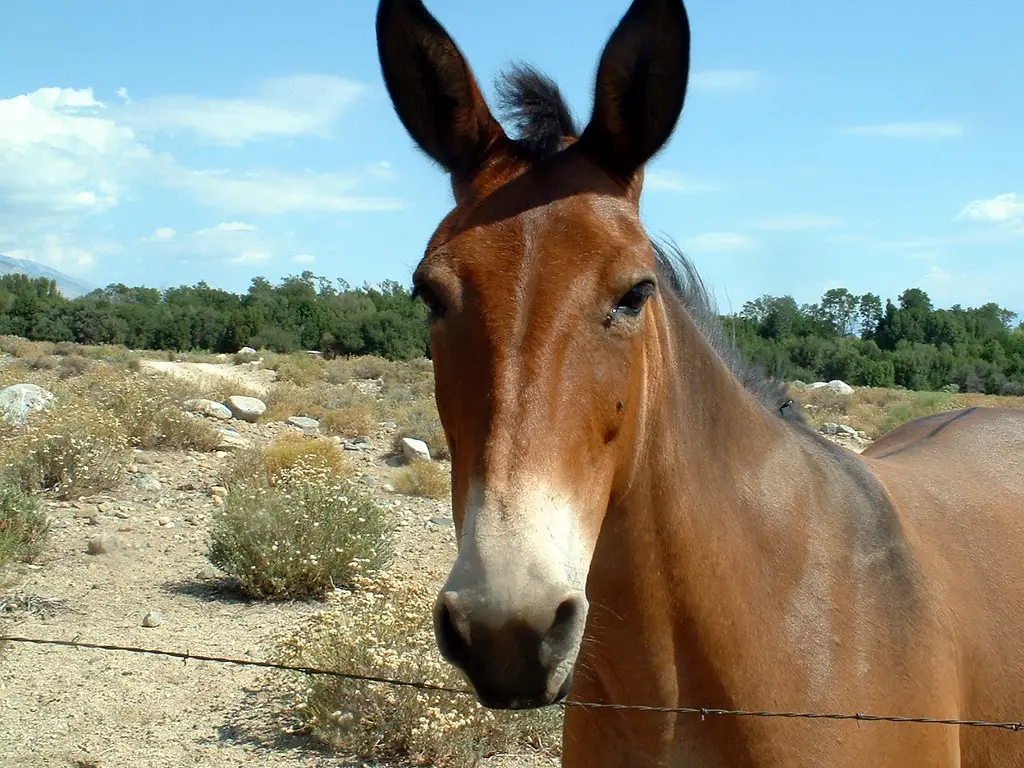
Mules are widely known hybrids that are bred for their strength and endurance. They inherit the best traits of both parent species, including the donkey’s surefootedness and the horse’s speed. Mules have been used as pack animals and work companions for centuries, playing an essential role in agriculture and transportation. They are also known for their intelligence and resilience, often outliving their equine counterparts. While not traditionally considered pets, mules can form strong bonds with their handlers. They require regular care and attention, including proper feeding, grooming, and medical checkups.
Mules are sterile, which means they cannot reproduce, making each generation a deliberate effort by breeders. If you’re interested in learning about mules, many farms and ranches offer tours and educational programs. Mules are a testament to the practical benefits of hybrid animals in human society. Supporting mule breeders and caretakers helps preserve this valuable hybrid for future generations.
10. Bengal Cat (Domestic Cat + Asian Leopard Cat)
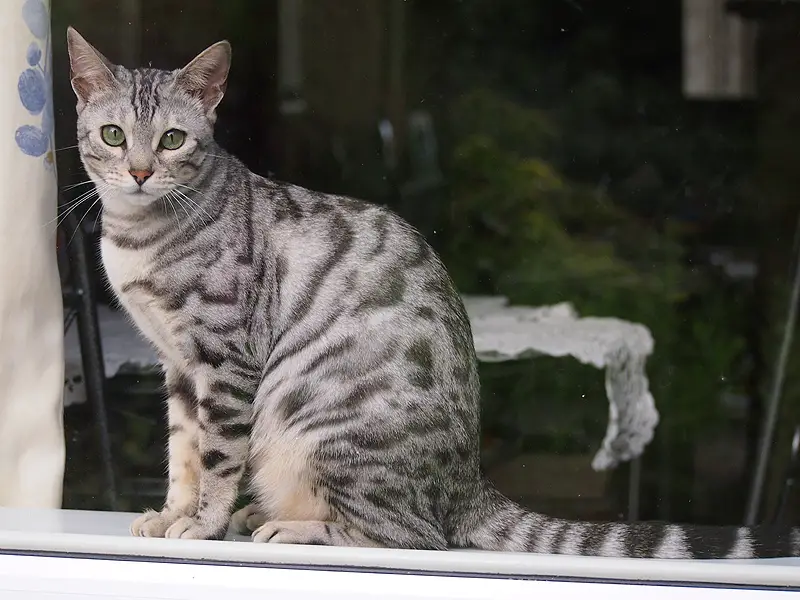
With their spotted coats resembling wild leopards, Bengal cats are a popular hybrid for cat lovers. These cats are known for their sleek, athletic bodies and playful personalities. Bengal cats are highly intelligent and require plenty of mental stimulation and physical activity. They enjoy climbing, jumping, and interactive play, making them ideal for active households. Despite their wild ancestry, Bengal cats can be affectionate and form strong bonds with their owners.
They’re also vocal and expressive, often “talking” to their humans with a range of sounds. Owning a Bengal cat comes with responsibilities, including providing a safe and enriching environment. Reputable breeders or Bengal cat rescues are the best places to find these hybrids. It’s important to ensure your Bengal cat is ethically bred and well-socialized. With proper care, these striking cats make wonderful companions for those who can meet their needs. Their exotic appearance and lively demeanor make them a favorite among feline enthusiasts.
11. Liger (Lion + Tiger)
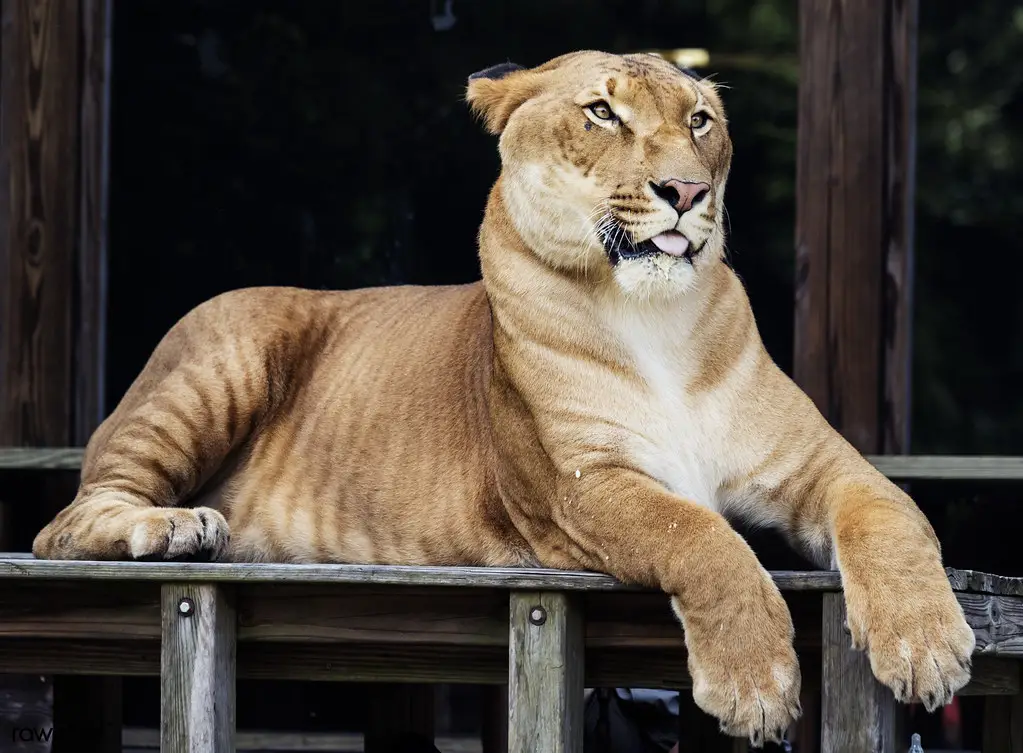
The majestic liger is a cross between a male lion and a female tiger. These hybrids are renowned for their enormous size and gentle demeanor. Ligers can grow to be larger than either parent species, sometimes reaching lengths of over 12 feet when standing on their hind legs. Despite their intimidating size, ligers are often surprisingly calm and social animals when raised in captivity. However, they require a lot of space and resources, making them unsuitable as pets.
Ligers are often bred in wildlife parks and sanctuaries for educational or conservation purposes. Critics argue about the ethics of breeding ligers, as they cannot occur naturally in the wild. In the United States, you can see ligers at places like Myrtle Beach Safari in South Carolina. These facilities focus on raising awareness about big cats and their hybrids. Always ensure that the sanctuary or park you visit adheres to ethical and humane practices.


